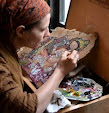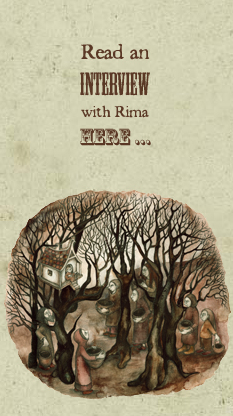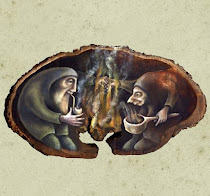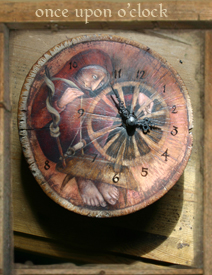 A DARK FIGURE from Germanic folklore, Knecht Ruprecht, meaning Knight Rupert, accompanies St Nicholas when delivering gifts and represents the more frightening side of this custom. He is also known as Black Peter, so called from the soot in the chimneys he goes down.
A DARK FIGURE from Germanic folklore, Knecht Ruprecht, meaning Knight Rupert, accompanies St Nicholas when delivering gifts and represents the more frightening side of this custom. He is also known as Black Peter, so called from the soot in the chimneys he goes down.
In some places, the image of St Nicholas has merged with Knecht Ruprecht to form “Ru Klaus” meaning Rough Nicholas, so named because of his rugged appearance; “Aschen Klaus”, meaning Ash Nicholas because of the bag of ashes he carries with him; and “Pelznickle”, meaning Furry Nicholas, referring to his fur-clad appearance.
Knecht Ruprecht is there to reward good children and punish naughty ones. He sometimes carries with him a chain or birch rod to beat those who have misbehaved and an empty sack in which to carry them away! These beliefs are obviously well exploited by parents around Christmas time!
It is unclear where the Knecht Ruprecht figure has come from. Some say that St Nicholas put the devil in chains and made him his servant.
Illustration: drypoint etching
Monday, 31 December 2007
Knecht Ruprecht
Written by
Rima Staines
at
10:30 am
![]()
Tags: black peter, christmas, german folklore, knecht ruprecht, st nicholas
Subscribe to:
Post Comments (Atom)






















































4 comments:
Sounds like your year is off to a rollicking good start! If you visit the queen's kettle blog you can see how some of these winter spirits speak through this writer...
Knecht Rupert seems to also mirror the Dutch Schwartzpeter and the Austrio-Germanic KrampusNacht (tonight actually Dec 5) when a Devil-figure called Krampus goes house to house scaring children and is bought off with gifts of booze and food
I believe "Knecht" could be more correctly translated as 'knave', a male servant. Knecht Ruprecht, as I see him, is more of a representation of old beliefs of germany, taken over by the Christian based Santa Claus. Demonizing these old religions, Ruprecht is represented as an evil, black clothed prankster. Another destruction of mythology and heritage with that toxic Christianity..
The Hungarian version would be 'Krampusz' a demonic creature who accompanies Mikulás (The Hungarian Santa) when he visits children on the night of the 6th December. Good children have their stockings filled with fruit and walnuts, bad children are beaten with a broom by Krampusz.
Post a Comment